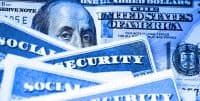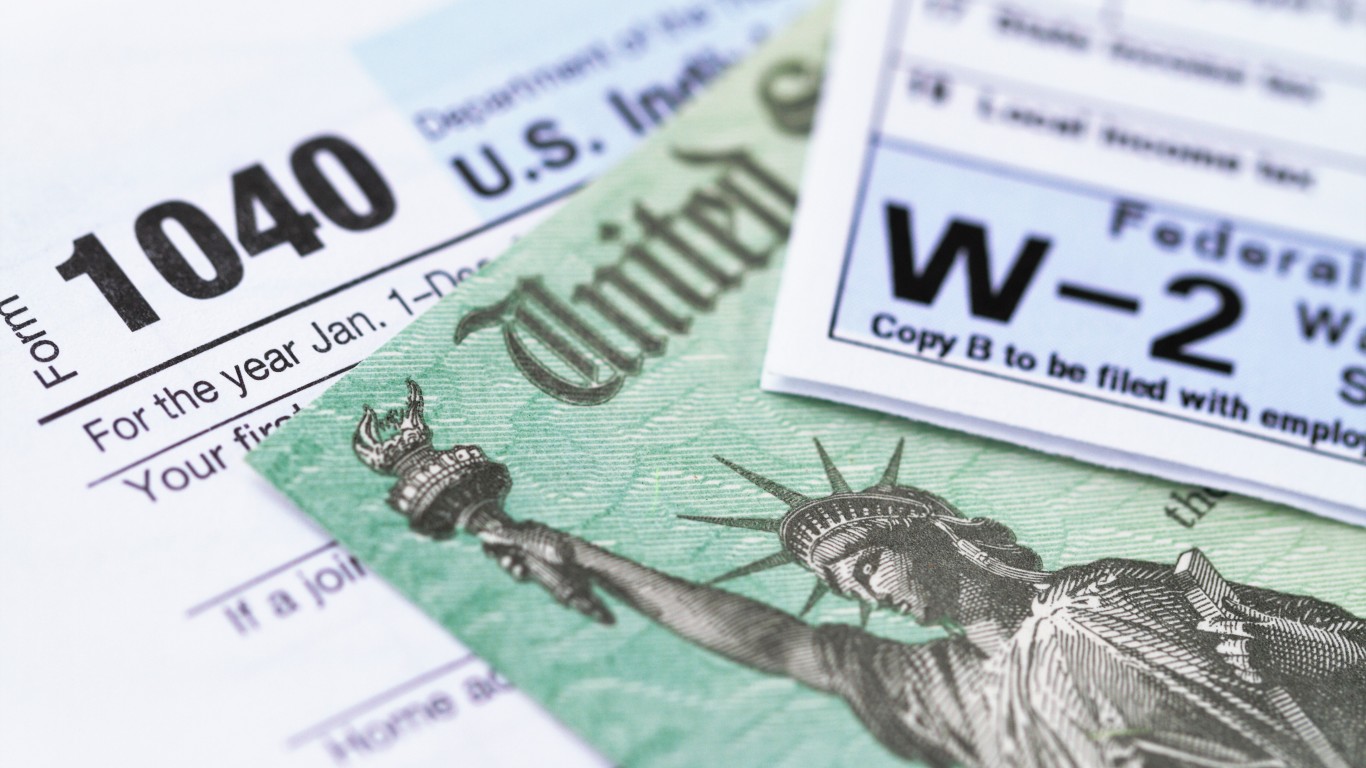 Ben Bernanke and friends at the FOMC decided today to keep Fed Funds unchanged at 0.00% to 0.25% and decided against major quantitative easing measures. We already knew that was coming on the rate front, but the area for debate was if the FOMC would recommend more purchases of securities to add more liquidity. The FOMC statement is a further downgrade of the economic growth. Inflation expectations remain Subdued for some time, and the FOMC kept the “extended period” statement and outlook for extremely low rates.
Ben Bernanke and friends at the FOMC decided today to keep Fed Funds unchanged at 0.00% to 0.25% and decided against major quantitative easing measures. We already knew that was coming on the rate front, but the area for debate was if the FOMC would recommend more purchases of securities to add more liquidity. The FOMC statement is a further downgrade of the economic growth. Inflation expectations remain Subdued for some time, and the FOMC kept the “extended period” statement and outlook for extremely low rates.
The FOMC noted that the pace of the recovery has slowed down since it met in June. Also noted was that household spending is increasing gradually but is constrained by high unemployment, modest income growth, lower housing wealth, and tight credit.
No quantitative easing came by an announcement of new asset purchases: “To help support the economic recovery in a context of price stability, the Committee will keep constant the Federal Reserve’s holdings of securities at their current level by reinvesting principal payments from agency debt and agency mortgage-backed securities in longer-term Treasury securities. The Committee will continue to roll over the Federal Reserve’s holdings of Treasury securities as they mature.” Buying Treasuries will keep rates low, but 24/7 Wall Street is sticking with the stance that buying Treasuries alone is not really a further show or new show of more quantitative easing ahead. This is buying low yields to keep yields from rising.
The FOMC noted that business spending on equipment and software was rising, but non-residential structure spending continues to be weak. The big note, which is the obvious note, is that the FOMC noted how employers are remaining reluctant to make new hires at the same time that bank lending has continued to contract.
Bernanke and friends anticipate “a gradual return to higher levels of resource utilization in a context of price stability, although the pace of economic recovery is likely to be more modest in the near term than had been anticipated.” Inflation fears have lowered since June as well.
Today’s 9 to 1 vote to hold rates steady at zero still showed Thomas M. Hoenig as the standout vote against keeping rates at zero. Hoenig judges that the economy is recovering modestly and he still believes that keeping exceptionally low rates for an “extended period” was no longer warranted and will limit the Fed’s ability to adjust policy when needed.
At 2:10 PM EST, right before the announcement was made, the yield on he 30-year Treasury Bond was 3.985%, the 10-Year Treasury Note yield was a mere 2.814%, and the two-year Treasury yield was a mere 0.549%. The DJIA was down 99.98 points at 10,598.77 and the S&P 500 was down 11.76 points at 1,116.03.
Everyone was wondering what sort of quantitative easing measures might be seen today. After keeping Fed Funds artificially low during the rapid expansion in late-2009 and early-2010, the FOMC took away its ability to lower rates as economic slowing comes into play.
The FULL FOMC STATEMENT is here.
Jon C. Ogg
Credit Card Companies Are Doing Something Nuts
Credit card companies are at war. The biggest issuers are handing out free rewards and benefits to win the best customers.
It’s possible to find cards paying unlimited 1.5%, 2%, and even more today. That’s free money for qualified borrowers, and the type of thing that would be crazy to pass up. Those rewards can add up to thousands of dollars every year in free money, and include other benefits as well.
We’ve assembled some of the best credit cards for users today. Don’t miss these offers because they won’t be this good forever.
Flywheel Publishing has partnered with CardRatings for our coverage of credit card products. Flywheel Publishing and CardRatings may receive a commission from card issuers.
Thank you for reading! Have some feedback for us?
Contact the 24/7 Wall St. editorial team.



